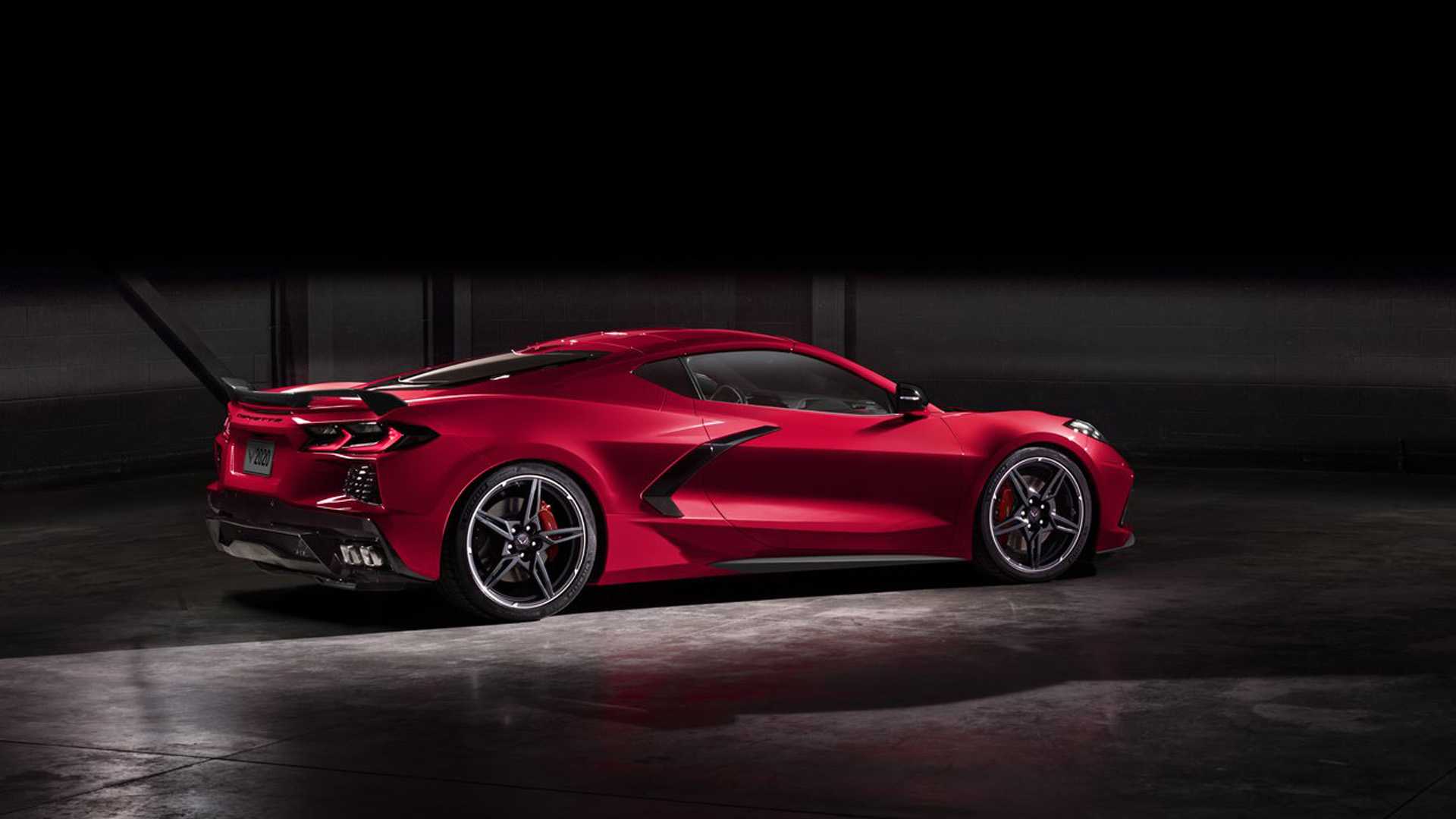If there were any doubts about progress inside, this seals the deal. We’ve been following the progress on the outside of the Tesla Gigafactory 3 in Shanghai, China since the beginning. Construction has been incredibly quick for sure. More recently we began to see the progress inside and learned that employees have been hired and… Continue reading Media Interviews Inside Tesla Gigafactory 3 Offices For First Time
Tag: Electric vehicles
Volkswagen to ramp up localisation to 92%, says official
The company has chalked out six strategic priorities in the domestic market to focus on. CHENNAI: German automobile-maker Volkswagen would take steps to ramp up its localisation-level to 92 per cent over the next two-three years under the India 2.0 initiative, a top official said Friday. The company announced India 2.0 project last year, along… Continue reading Volkswagen to ramp up localisation to 92%, says official
Breakthrough Widens Working Temperature Range Of Li-Ion Batteries
Additives to the electrolyte make them work from -40 ºF to 140 ºF (-40 ºC to 60 ºC) The next big thing on battery tech is undeniably related to solid-state technology. Even John Goodenough – father of the lithium-ion batteries – is researching about that. But it seems regular li-ion will also be perfect in… Continue reading Breakthrough Widens Working Temperature Range Of Li-Ion Batteries
Tesla Opens A Service Center In Poland!
Invest
Electric Cars
Electric Car Benefits
Electric Car Sales
Solar Energy Rocks
RSS
Advertise
Privacy Policy
Cars
Published on July 18th, 2019 |
by Zachary Shahan
Tesla Opens A Service Center In Poland!
Twitter
LinkedIn
Facebook
July 18th, 2019 by Zachary Shahan
My Polish friends (and I) have long been waiting for a Tesla service center in Poland. Thankfully, we now have one. Apparently as a birthday gift for my eldest daughter (who does love Tesla), the company announced via email the other day that a service center opened up in Warsaw.
There’s not much more information that this. The email text is as follows:
As our network of Tesla owners in Poland continues to grow, we’re excited to announce the opening of our Service Center in Warsaw.
The new location provides a convenient way for you to access quick and seamless service. Simply log in to your Tesla app, scroll down to ‘Schedule Service’ and select your preferred appointment date.
We look forward to welcoming you.
There are not a lot of Tesla owners in Poland yet, but I expect there soon will be. This is a very tech focused country and I’m sure there’s a large number of Tesla and SpaceX fans. The cost of living here is lower than in countries to the west (Germany, the Netherlands, Switzerland, etc.), which means salaries are lower, but the Model 3 Standard Range Plus should be well within the budget of many Polish residents.
Incidentally, I spotted a Model 3 in Poland for the first time on Sunday, and I spotted a Model S on the highway on the day the new service center was announced. Sadly, the Model 3 I spotted had already suffered a bit of damage. It may be making one of the first trips to the Warsaw service center.
The first Tesla Model 3 I’ve spotted in Poland.
The friend of mine, a cofounder of Tesla Shuttle (which I am slo cofounder of), added a little more context to the news:
Maybe interesting is that just now Tesla is entering countries behind the Iron Curtain — recently, a service center was opened in Prague (the Czech Republic), now Warsaw, and next Budapest (Hungary) is planned.
However, still no sales center here.
It would definitely be nice to walk into the first Tesla store in Poland, but as people generally just buy a Tesla online, the store is really just to give customers a touch and taste. Poland is a large country with several big cities far apart, and many people never go to Warsaw. I think it could be smarter for Tesla to have a series of its pop-up stores give test drives in a dozen or so Polish locations. Though, I know opinions on this topic vary a great deal.
If you have collected reports of any more Tesla service center openings in recent weeks, we’d love to hear about them. In the meantime, we’ll just hope that our Polish Tesla doesn’t need to take a trip to the new service center!
All photos by Zach Shahan for CleanTechnica & Tesla Shuttle
The first Supercharger station in Poland.
About the Author
Zachary Shahan Zach is tryin' to help society help itself (and other species). He spends most of his time here on CleanTechnica as its director and chief editor. He's also the president of Important Media and the director/founder of EV Obsession and Solar Love. Zach is recognized globally as an electric vehicle, solar energy, and energy storage expert. He has presented about cleantech at conferences in India, the UAE, Ukraine, Poland, Germany, the Netherlands, the USA, and Canada.
Zach has long-term investments in TSLA, FSLR, SPWR, SEDG, & ABB — after years of covering solar and EVs, he simply has a lot of faith in these particular companies and feels like they are good cleantech companies to invest in. But he offers no professional investment advice and would rather not be responsible for you losing money, so don't jump to conclusions.
Back to Top ↑
Advertisement
Advertise with CleanTechnica to get your company in front of millions of monthly readers.
CleanTechnica Clothing & Cups
Top News On CleanTechnica
Join CleanTechnica Today!
Advertisement
Advertisement
Follow CleanTechnica Follow @cleantechnica
Our Electric Car Driver Report
Read & share our new report on “electric car drivers, what they desire, and what the demand.”
The EV Safety Advantage
Read & share our free report on EV safety, “The EV Safety Advantage.”
EV Charging Guidelines for Cities
Share our free report on EV charging guidelines for cities, “Electric Vehicle Charging Infrastructure: Guidelines For Cities.”
30 Electric Car Benefits
Our Electric Vehicle Reviews
Tesla News
Cleantech Press Releases
Hannon Armstrong & Summit Ridge To Jointly Invest In Community Solar; Initial Projects Launching in Maryland
“That Was Quick” Category: Carbon Engineering Partners With Occidental To Pump More Oil
Texas Cooperatives Agree to Purchase 7 MW of Distribution-Scale Solar Energy
38 Anti-Cleantech Myths
Wind & Solar Prices Beat Fossils
Cost of Solar Panels Collapses
© 2018 Sustainable Enterprises Media, Inc.
Invest
Electric Cars
Electric Car Benefits
Electric Car Sales
Solar Energy Rocks
RSS
Advertise
Privacy Policy
This site uses cookies: Find out more.Okay, thanks
Self-driving tech slams into wall of human behaviour
A YEAR ago, Detroit and Silicon Valley had visions of putting thousands of self-driving taxis on the road in 2019, ushering in an age of driverless cars.General Motors announced that it would also start a taxi service by the end of this year with vehicles, developed by its Cruise division, that have no steering wheels or pedals.Tesla believes its new self-driving system, based on a computer chip it designed, and the data it gathers from Tesla cars now on the road will enable the company to start offering fully autonomous driving next year.
BYD, Toyota Enter Agreement to Jointly Develop Battery Electric Vehicles
Jul. 19, 2019
BYD, Toyota Enter Agreement to Jointly Develop Battery Electric VehiclesDiscussions to start with developing vehicles and onboard batteries
Tesla’s new V3 Supercharger can charge up to 1,500 electric vehicles a day
Tesla has opened a massive next-generation electric vehicle charging station in Las Vegas that combines the company’s core products into one sustainable energy ecosystem, fulfilling a vision CEO Elon Musk laid out nearly three years ago. The new V3 Supercharger, which supports a peak rate of up to 250 kilowatts, is designed to dramatically cut… Continue reading Tesla’s new V3 Supercharger can charge up to 1,500 electric vehicles a day
ASTON MARTIN ACCELERATES TOWARDS GOODWOOD FESTIVAL OF SPEED
Pre-production DBX SUV, stops at Festival of Speed as part of global testing plan
Global dynamic debut of Vantage AMR and DBS Superleggera Volante
Festival of Speed will be UK dynamic debut of Rapide E
01 July 2019, Gaydon: 70 years since Aston Martin first raced at the Goodwood Motor Circuit, the luxury British manufacturer returns to Goodwood Festival of Speed as this year’s featured marque. There have been many significant moments in Aston Martin’s long-standing relationship with Goodwood and this year will be no different with Aston Martin showcasing its bold new future and highlights from its past.
Included in this year’s event will be the global dynamic debut of the DBS Superleggera Volante and the limited edition, Vantage AMR. Unveiled earlier this year, Aston Martin has introduced a 7-speed manual transmission to its true sports car, Vantage. Also featuring dynamic tweaks inspired by motorsport, Vantage AMR delivers a heightened driving experience while commemorating Asto..
New C8 Chevy Corvette Not Nearly As Quick As Tesla Model S
Turns out the new mid-engined C8 Chevy Corvette will not be able to keep pace with the quickest Tesla. In this day and age, to us it’s an odd choice to go with an engine over an electric motor in a top-end performance car, but that’s the path Chevrolet has chosen with its new mid-engined… Continue reading New C8 Chevy Corvette Not Nearly As Quick As Tesla Model S
Hyundai Motor and Intelligent Mobility Accelerator: first results
Hyundai Motor announces results of its first partnership with the Intelligent Mobility (IM) Accelerator programme The third cohort of IM Accelerator partner companies officially started on July 3rd Through its partnership with IM Accelerator, Hyundai demonstrates its commitment to scouting and supporting disruptive mobility technologies in the UK 17 July 2019 – Hyundai Motor has… Continue reading Hyundai Motor and Intelligent Mobility Accelerator: first results

